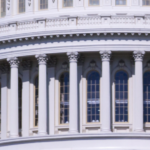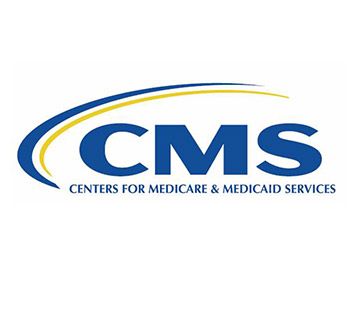Preliminary Calculation of 2022 Ambulance Inflation Update
Section 1834(l)(3)(B) of the Social Security Act mandates that the Medicare Ambulance Fee Schedule be updated each year to reflect inflation. This update is referred to as the “Ambulance Inflation Factor” or “AIF”.
The AIF is calculated by measuring the increase in the consumer price index for all urban consumers (CPI-U) for the 12-month period ending with June of the previous year. Starting in calendar year 2011, the change in the CPI-U is now reduced by a so-called “productivity adjustment”, which is equal to the 10-year moving average of changes in the economy-wide private nonfarm business multi-factor productivity index (MFP). The MFP reduction may result in a negative AIF for any calendar year. The resulting AIF is then added to the conversion factor used to calculate Medicare payments under the Ambulance Fee Schedule.
For the 12-month period ending in June 2021, the federal Bureau of Labor Statistics (BLS) has calculated that the CPI-U has increased by 5.39%.
CMS has yet to release its estimate for the MFP in calendar year 2022. However, assuming CMS’ projections for the MFP are similar to last year’s projections, the number is likely to be in the 0.4% range.
Accordingly, the AAA is currently projecting that the 2022 Ambulance Inflation Factor will be approximately 5.0%.
Cautionary Note Regarding these Estimates
Members should be advised that the BLS’ calculations of the CPI-U are preliminary, and may be subject to later adjustment. The AAA further cautions members that CMS has not officially announced the MFP for CY 2022. Therefore, it is possible that these numbers may change. The AAA will notify members once CMS issues a transmittal setting forth the official 2022 Ambulance Inflation Factor.















